In these paintings, I am looking for something universal, not just something I wore that was unique to me. Something I actually wore can tell stories about what happened to me, it’s true. But there are things I never got the chance to wear, and dreams that never came true. Maybe “empty” dresses can speak more eloquently about all the things that didn’t happen, all the experiences I never had.
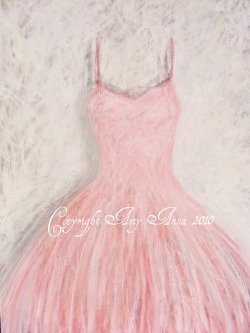
the word “yearning” better than the tutu?
My niece took ballet to fulfill her physical education requirement at
school. At the end of the semester, she had to put together a little dance
sequence using some of the moves she learned in class. I had bought a
three-layer, pink tulle ballet skirt to use as a “model” for some of my
paintings. I loaned it to her for the class final. She loved wearing it.
That did not surprise me – I’ve been thinking a lot about the power of
clothes, so I expected that. What surprised me was that all the other
students in the class felt the pull, and borrowed it for their final dances,
too. This was not a class full of “bunheads,” future ballerinas, just a
bunch of kids trying to get the credits that they needed. I could tell by
the way she spoke about it that wearing that skirt made such a difference to the way they felt doing their dances. It just had magic.
But no one ever does. And it wouldn't be the same as actually wearing a pink tulle skirt and dancing in front of an audience.
Maybe that skirt holds the key to the magic of a ballet dream – without the blisters.
And everything is beautiful at the ballet . . . .
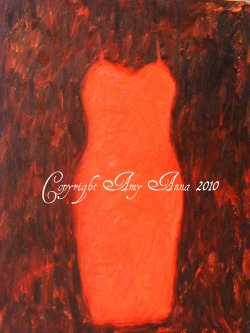
just red with white in it. You use the same pigment for both.
Yet I cannot imagine two colors further apart in terms of emotional
connotations. Pink is all sweetness and light and softness and cuteness, and
red is hey-the-engine-is-hot-let’s-take-a-ride-come-on-and-do-it-right-now.
Enough said.
This painting is called “Voodoo.”
culture. Go somewhere public and look around at what people are wearing.
It’s a sea of grey, beige, and black. Lots of black.
Black is supposed to be so chic, but what it really is, is boring and safe.
It’s the ultimate camouflage.
Diana Vreeland, editor of Vogue magazine in the 60’s, traveled to India and observed, “shocking pink is the navy blue of India.” Our landscape does not look like India, and I suspect that's partly why we dress in such dull colors (especially in the winter). It’s some sort of leftover adaptive
behavior from the days when we used to be prey – don’t stand out, you’ll get munched. Maybe it still works, against human predators.
Unfortunately, this leaves us all color-starved. In light of the pink
versus red enigma mentioned above, if we are color-starved, are we
emotionally starved, too? Are we range-of-experience-starved?
The only book I could find that might be useful was Louise Hays’ Colors and Numbers. So I started researching the emotional effect of colors not by painting them, but by wearing them. The idea was to literally, physically immerse myself in a single color of clothing each day, over a long enough
period of time to decide what effect it had on my emotions. Here is what I
found.
Wear yellow when you want or need to be sociable, like going to a party.
Wear red when you are scared or insecure and need courage (interesting in light of Stephen Crane’s The Red Badge of Courage).
Wear orange when you have a lot to do and need energy. Because it seems to assist activity and being busy, it would probably be a good color to paint your office.
Dark blue is a very inward color – wear it when you need time to yourself.
The effects of green and blue vary according to the shade.
By chance, my husband and I bought these very dark grey sheets (they were on sale). It was awesome to sleep on them because it was like slipping into the void every night, but in a good way. Can color cure insomnia?
If I was brave, I might paint or decorate my bedroom all black.
I am still investigating.
Does any of this translate to painting? If I paint a mostly yellow
painting, will it arouse a feeling of conviviality?
I have no idea. Do you?
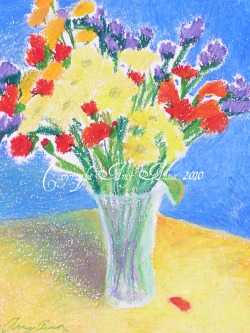
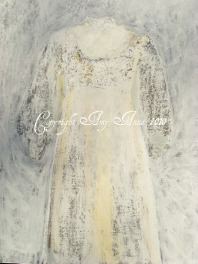
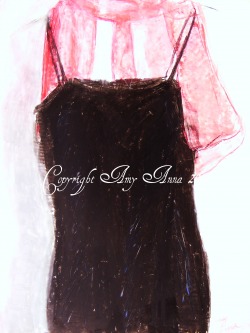
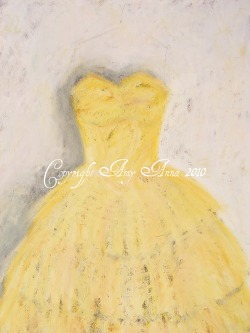
 RSS Feed
RSS Feed
